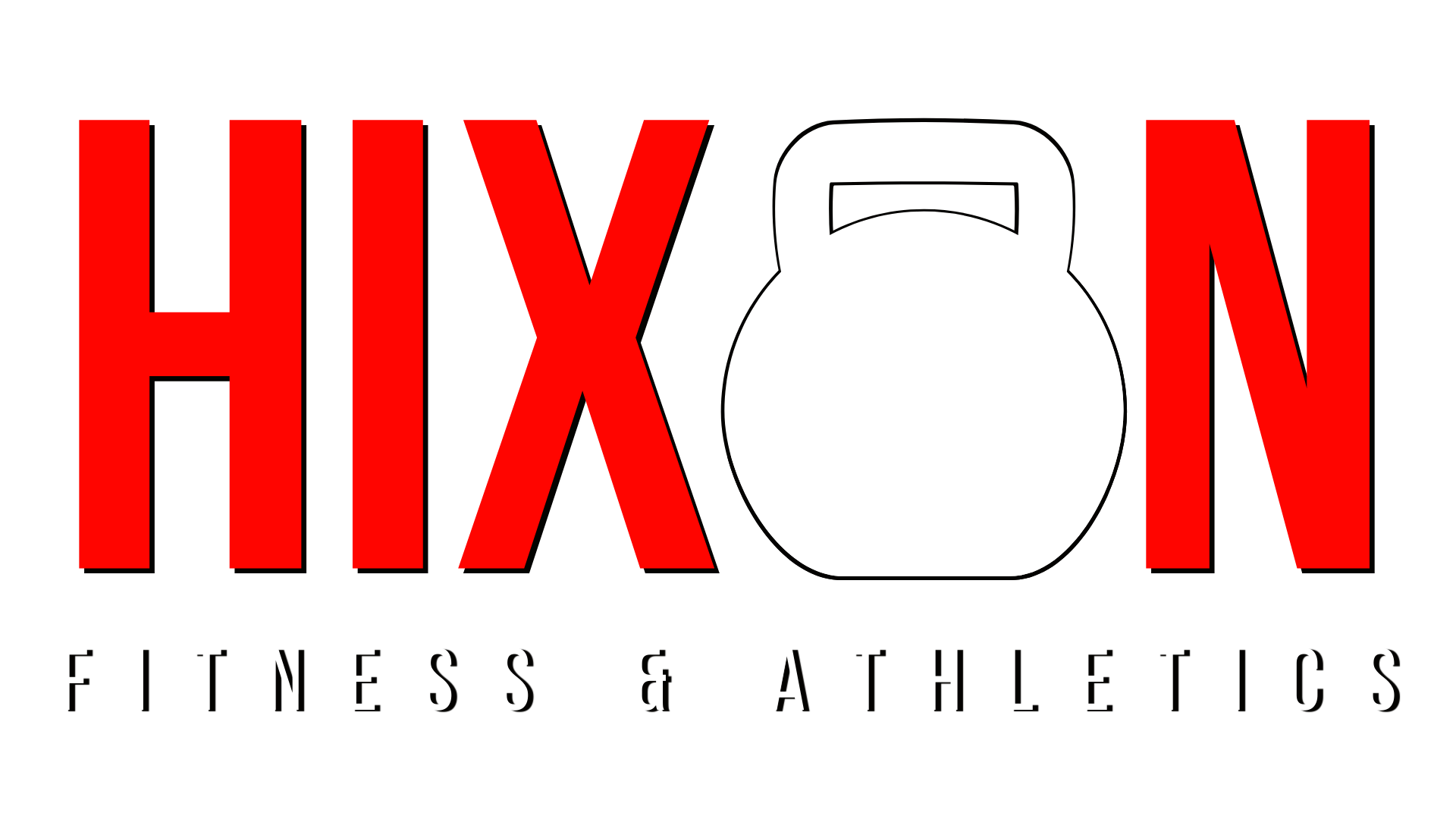The Real ROI of Movement
In the hustle of modern professional life, it’s easy to treat movement like a luxury, something squeezed between meetings or reserved for weekends. But being active isn’t just about hitting the gym. Whether it’s structured workouts, spontaneous activity, or playful recreation, regular movement is a performance booster, health protector, and social connector.
For buys pros, integrating more activity into daily life could be the most undervalued productivity hack around.
1. Physical Benefits: Movement Is Medicine
Numerous studies confirm that physical activity is one of the strongest predictors of long-term health. According to the CDC:
150 minutes of moderate-intensity exercise per week (like brisk walking or cycling) reduces the risk of all-cause mortality by 33%.
Regular activity lowers the risk of heart disease, Type 2 diabetes, certain cancers, and stroke.
Even better? It doesn’t need to be formal exercise. Research from the British Journal of Sports Medicine (2020) found that non-exercise activity thermogenesis (NEAT), calories burned through unstructured movement like walking meetings or household chores, plays a critical role in maintaining metabolic health and weight stability.
2. Cognitive and Career Performance: Movement Sharpens the Mind
Active professionals don’t just feel better, they think better. According to Harvard Medical School, exercise promotes the release of brain-derived neurotrophic factor (BDNF), a key compound for memory, focus, and learning.
More data:
A 2019 study in Neurology showed that higher levels of physical activity were associated with better executive function and slower brain aging.
Active individuals report 23% higher productivity and are significantly less likely to take sick days, according to a 2022 study from the Journal of Occupational and Environmental Medicine.
And it’s not just treadmill time that counts, simple things like standing while taking calls or stretching during breaks interrupt sedentary patterns that dull energy and reduce focus.
3. Emotional and Social Wins: Play Isn’t Just for Kids
Recreational movement, like hiking with friends, dancing, or even kicking a ball around with your kids, offers unique emotional and social benefits:
According to the American Journal of Lifestyle Medicine, adults who engage in leisure-time physical activity report 43% lower levels of perceived stress.
Participating in shared physical experiences enhances oxytocin levels and strengthens social bonds, making movement a tool for emotional connection.
For busy professionals who often feel isolated by screens or schedules, spontaneous and social movement offers a double reward: improved health and deeper relationships.
4. Adherence and Sustainability: It Doesn’t Have to Be a Workout
The magic of activity lies in its flexibility. While structured workouts are great, they aren’t the only path. What matters most is consistency. Think:
Parking farther from the store.
10-minute movement breaks between Zoom calls.
Rec league sports or group hikes on weekends.
It’s about shifting identity from “I need to work out” to “I am an active person.”
Final Thought: Movement Is a Professional Edge
For professionals balancing tight schedules and big goals, being active isn’t a time-waster, it’s a performance multiplier. The benefits touch every domain: health, career, relationships, mood, and longevity. Whether you hit the gym, take the stairs, or just play tag with your kids, every movement counts.
So instead of asking if you have time to be active, ask this: Can I afford not to?
If you’re looking for a practical way to bring more movement into your day, without overcomplicating your already busy life, The Hixon Method might be the structure you’ve been missing. It’s built for professionals like you: focused on sustainable activity, real-world flexibility, and meaningful progress over time.
Click below to explore how The Hixon Method helps turn everyday movement into lasting momentum.


